West Virginia high court ruled in favor of admitting DNA evidence
In 1989, the West Virginia high court ruled in favor of admitting DNA evidence. In 1984, geneticis Sir…
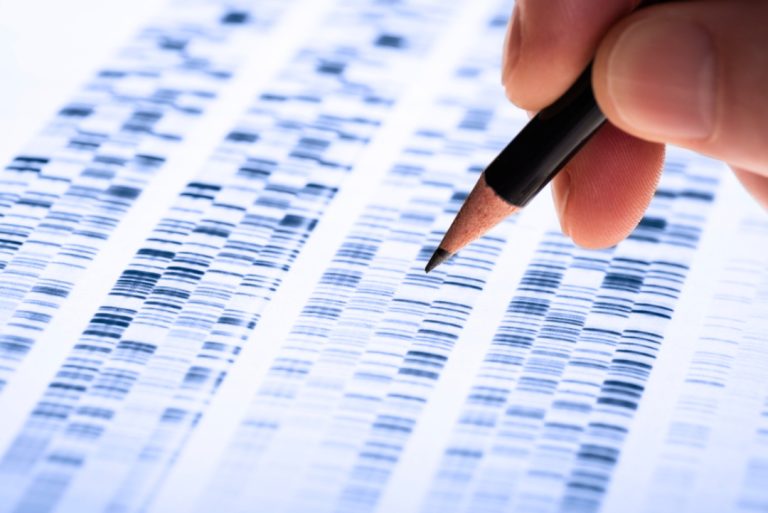
In 1989, the West Virginia high court ruled in favor of admitting DNA evidence. In 1984, geneticis Sir…
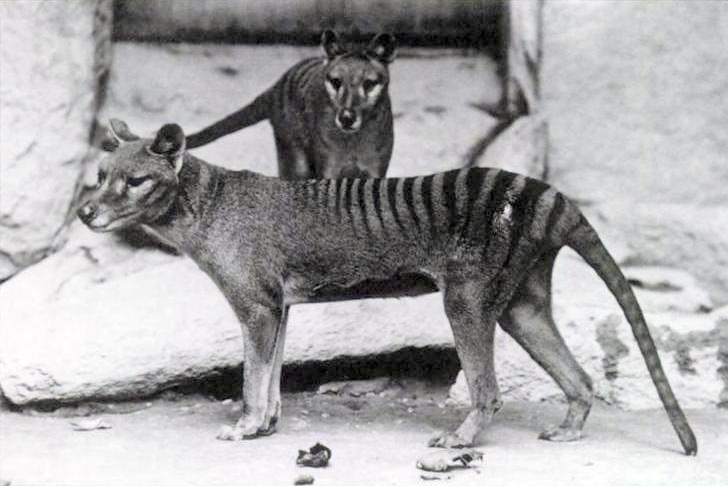
In 1989, Allan Wilson and Svante Paabo analyzed DNA of the now-extinct Tasmanian tiger to demonstrate they could…
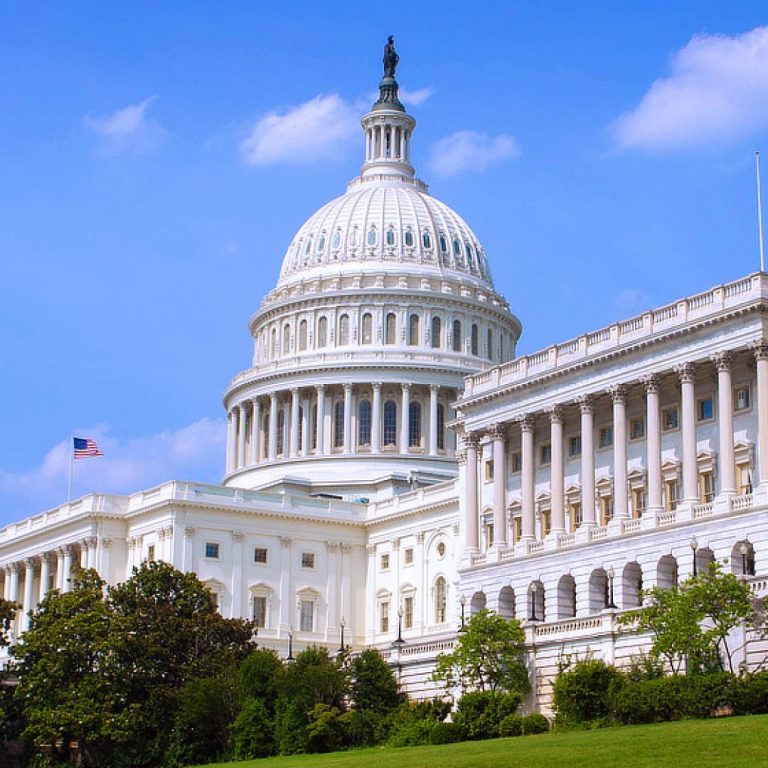
On Aug. 15, 1988, a program advisory committee on the human genome was established to advise the National…
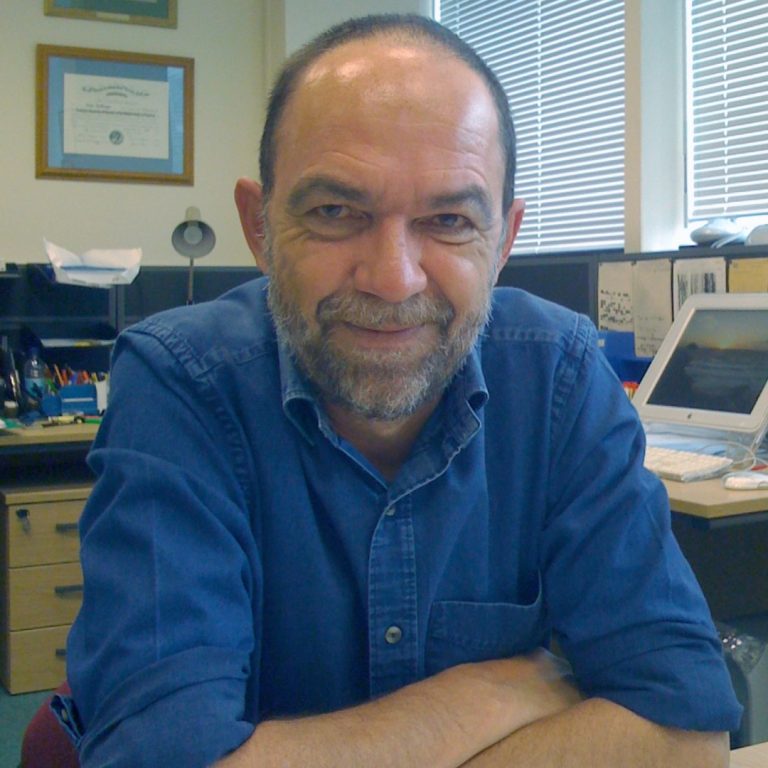
On Jan. 23, 1988, Colin Pitchfork was convicted of murdering two girls in 1983 and 1986 in Narborough,…
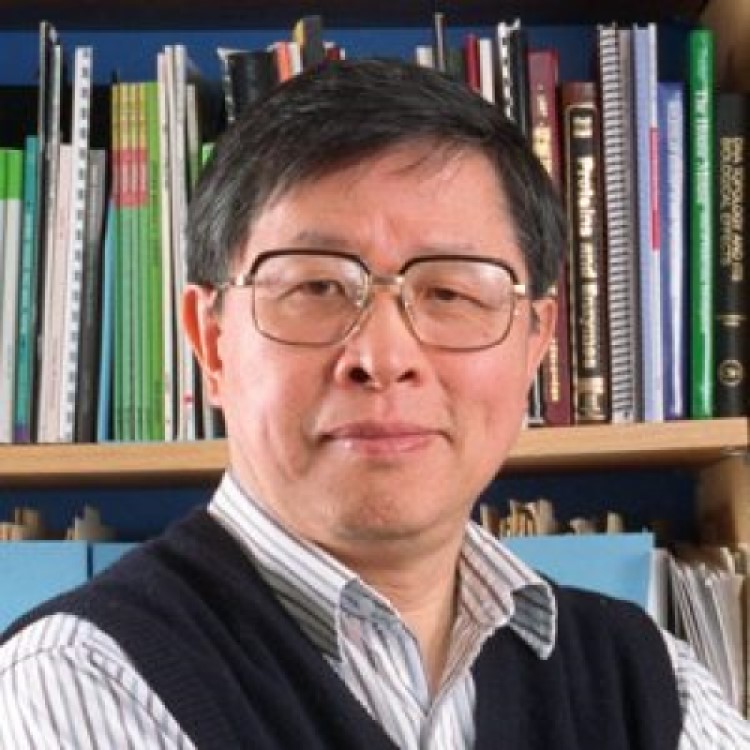
In 1988, James C. Wang discovered DNA topoisomerases, which led to greater understanding of enzymes’ role in biological…
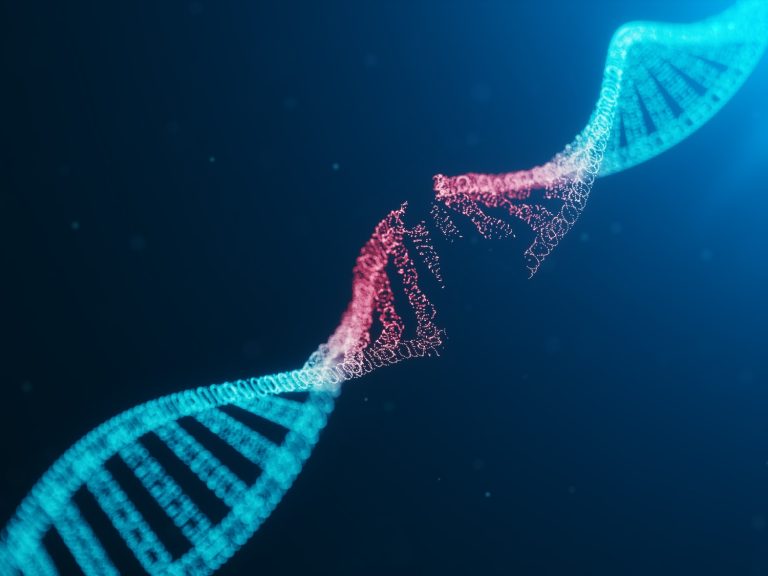
In 1988, the first detailed description of the rate of mutation in humans at the DNA level was…
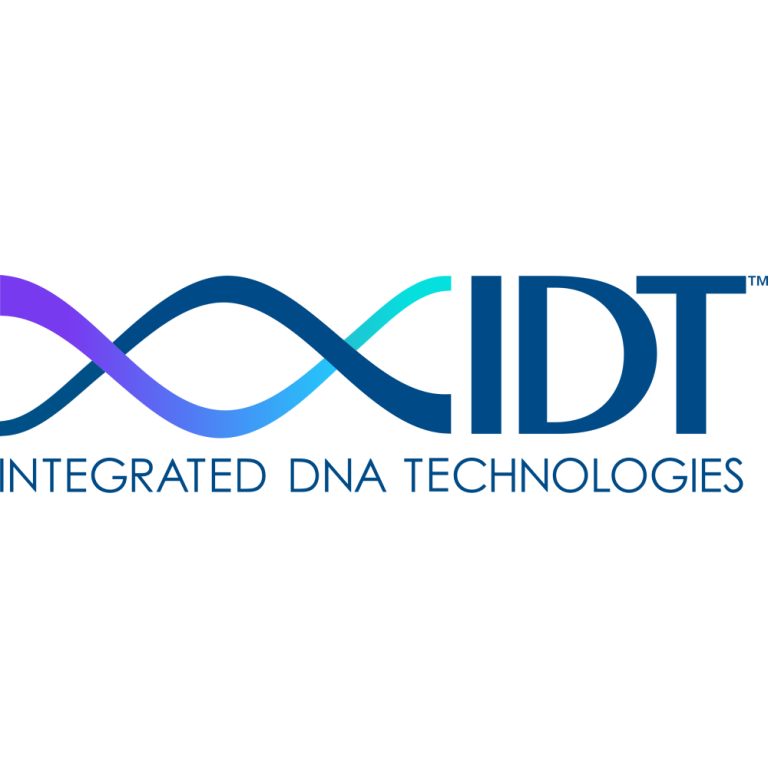
In 1987, Integrated DNA Technologies (IDT), a University of Iowa spin-off company founded by Dr. Joseph Walder, established…

On Jul. 23, 1986, the Recombinant hepatitis B vaccine (Recombivax HB by Merck) was licensed. Using recombinant DNA…

In May 1986, the vaccine Recombivax HB, which protects against hepatitis B infection, was approved for marketing in…
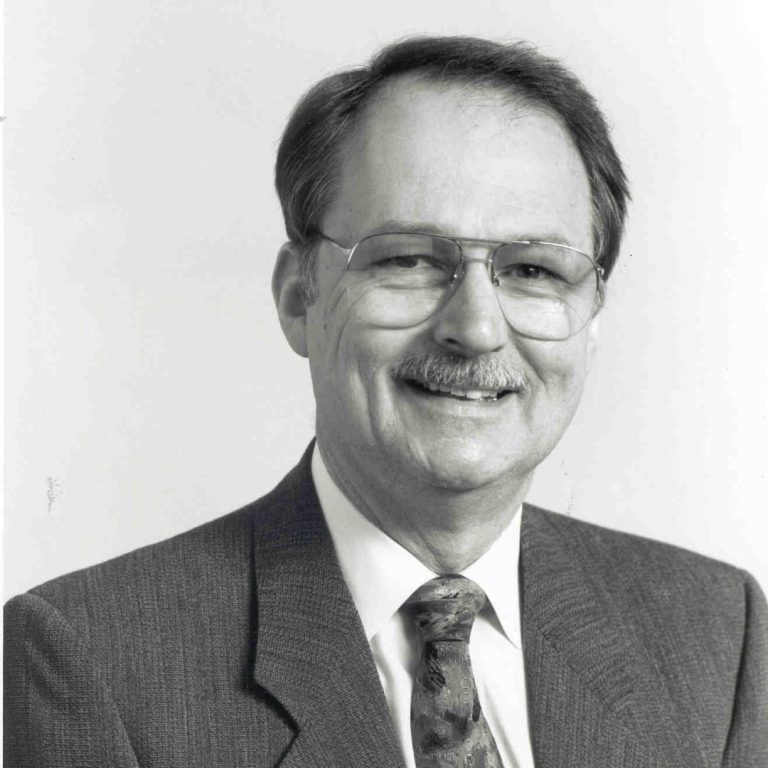
In Dec. 1985, the first clinical tests were held at the University of Washington of erythropoietin (EPO), the…
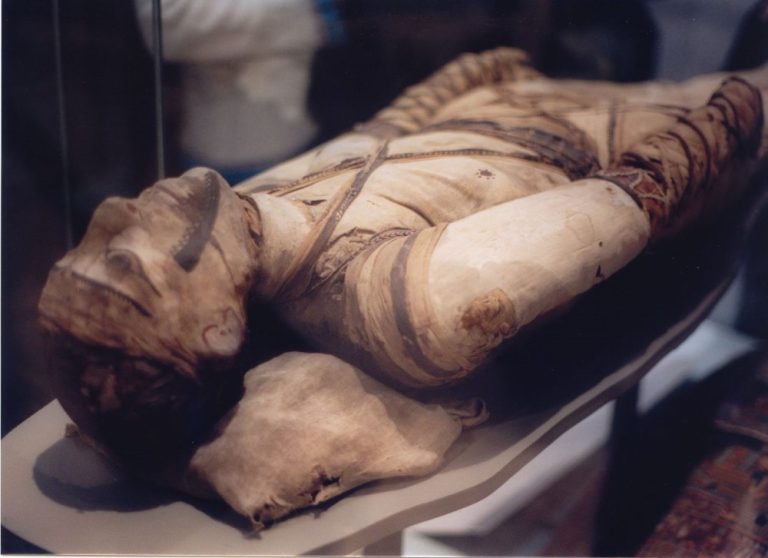
On Apr. 16, 1985, Swedish biologist Svante Paabo of University of Uppsala in Sweden, a pioneer of ancient…
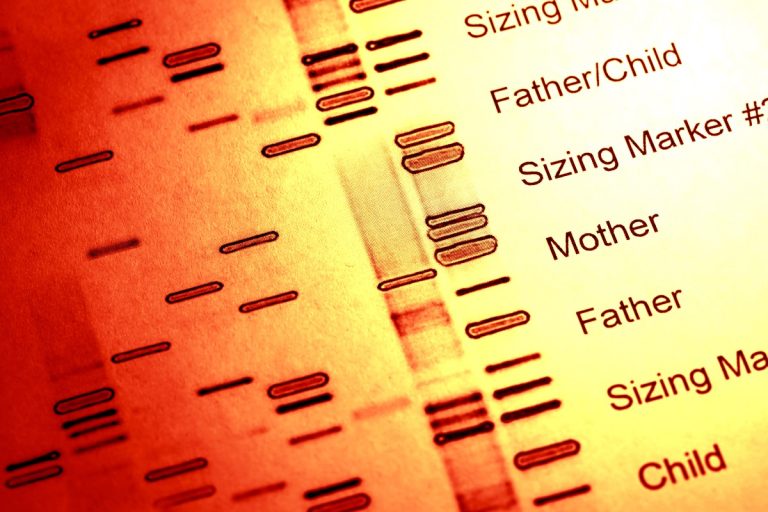
In 1985, DNA fingerprinting was first used to resolve a disputed immigration case that confirmed the identity of…
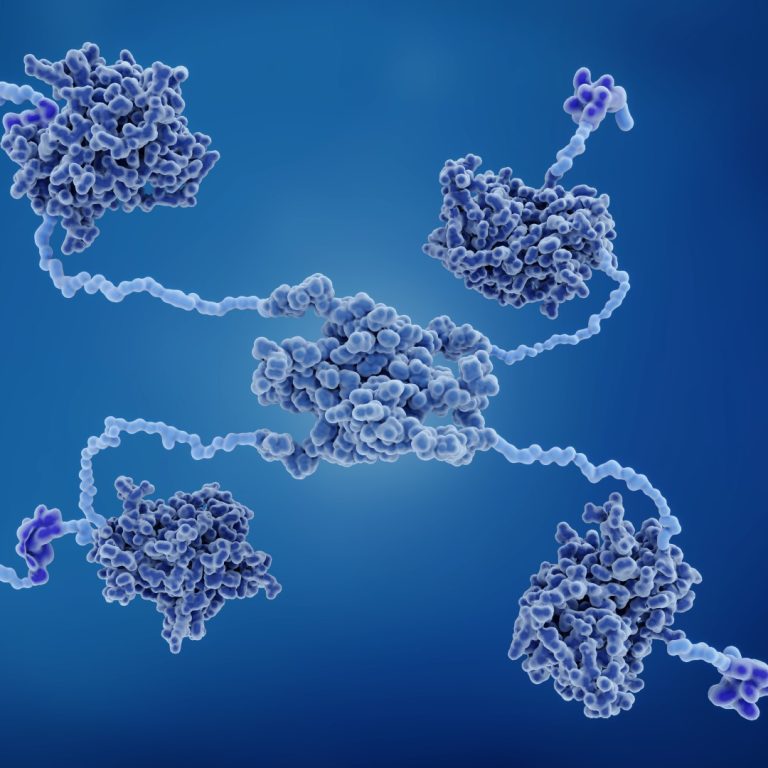
On Dec. 20, 1984, a team of scientists announced that a cDNA clone for human p53 cellular tumor…
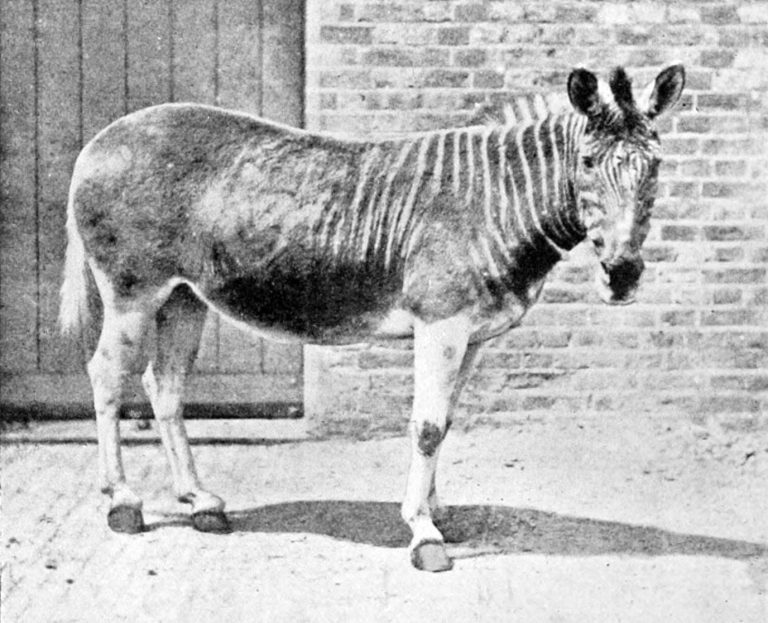
On Nov. 15, 1984, Allan Wilson and Russell Higuchi of the University of California at Berkeley become the…
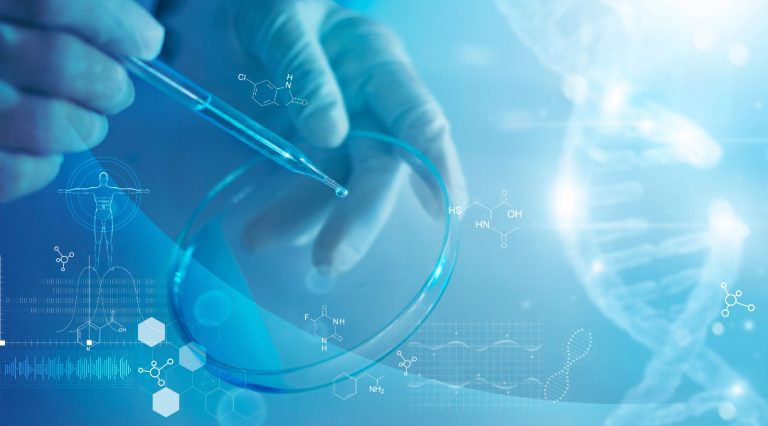
On Sept. 10, 1984, geneticist Alec Jeffreys, and technician Vicky Wilson at the University of Leicester in England…
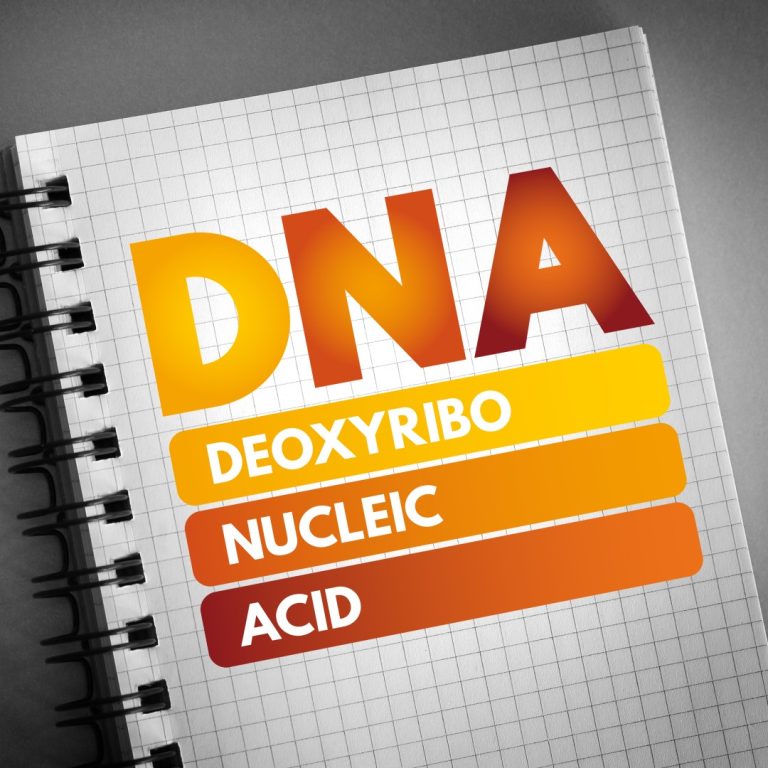
On May 17, 1984, Federal District Court Judge John J. Sirica temporarily halts all federally funded experiments involving…
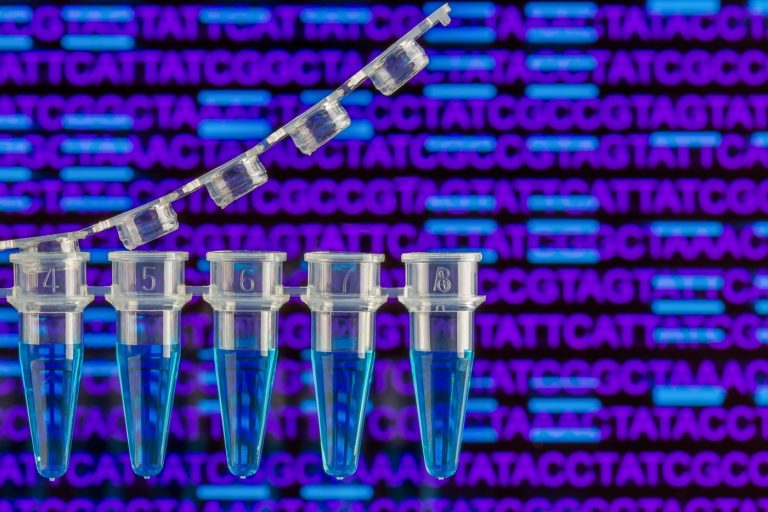
In 1983, the Restriction Fragment Length Polymorphisms (RFLPs) was uncovered by the use of restriction endonucleases which cleave…
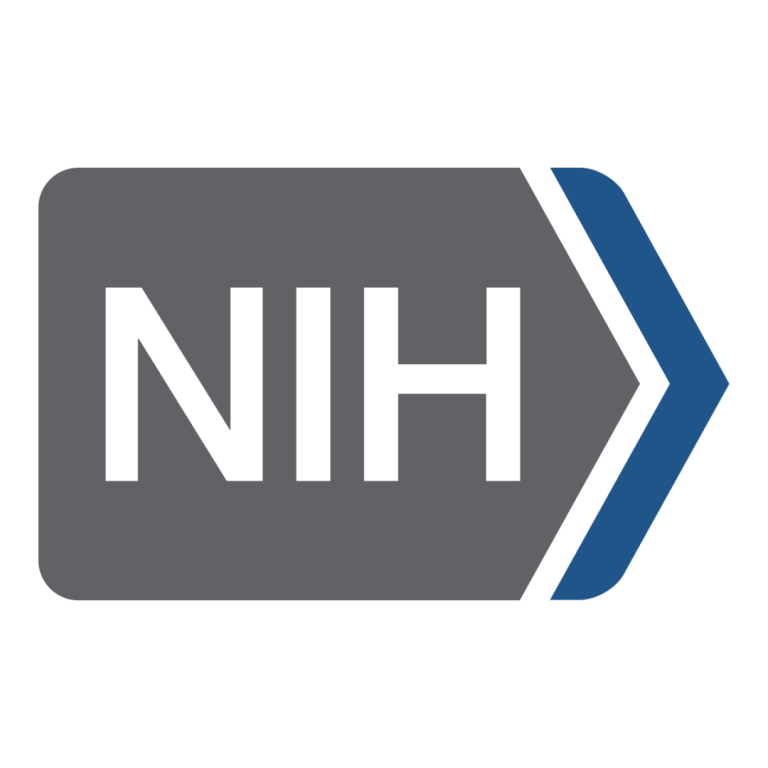
In 1983, the National Institute of Health’s (NIH) Recombinant DNA Advisory Committee unanimously approved Lindow test. Stephen Lindow,…
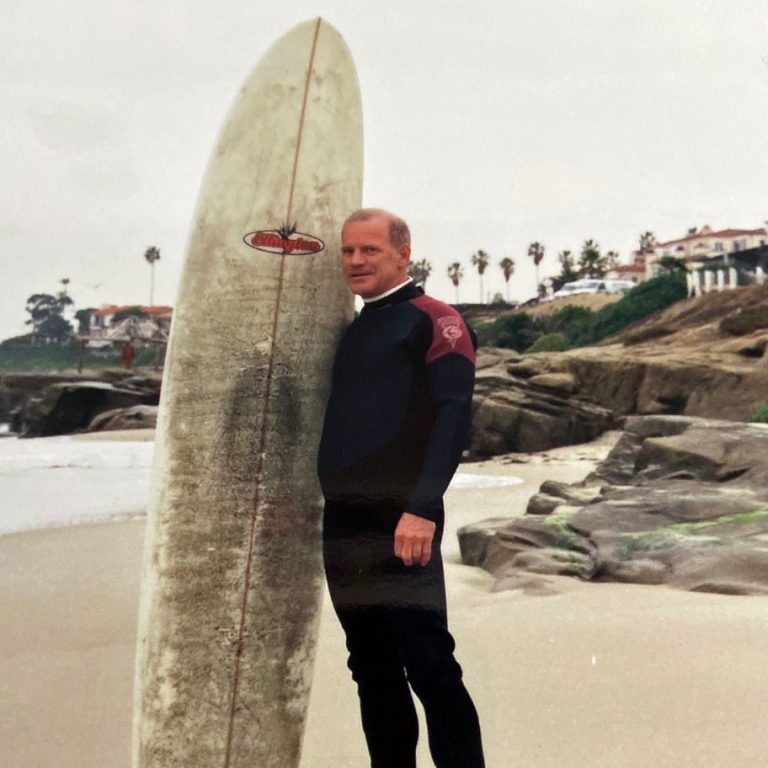
In 1983, Kary Mullis, PhD, a scientist at the Cetus Corp., conceived of polymerase chain reaction (PCR) as…

On Oct. 28, 1982, after only 5 months of review, the U.S. Food and Drug Administration (FDA) approved…
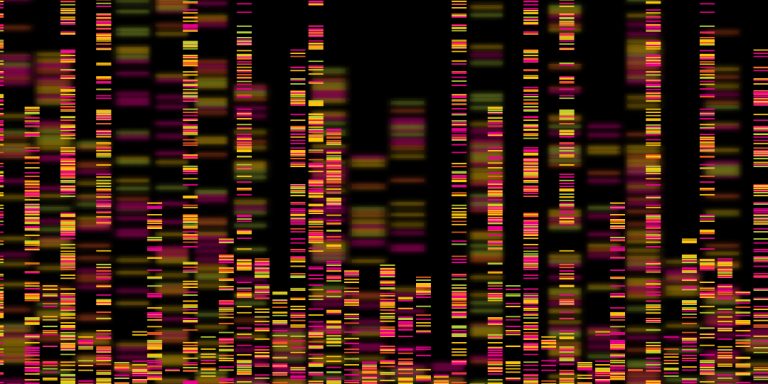
In 1982, the first major DNA sequence databases were established in the U.S. (GenBank) and Germany. GenBank ®…
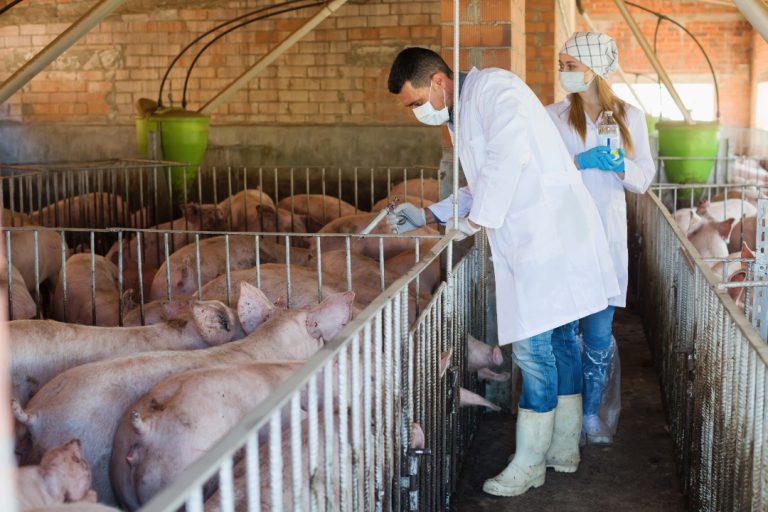
In 1982, the first recombinant DNA vaccine for livestock was developed. An advantage of the vaccines made through…

In 1981, Frank Ruddle from Yale University, Frank Costantini and Elizabeth Lacy from Oxford, and Ralph L. Brinster…

On Apr. 8, 1980, AMGen (Applied Molecular Genetics) was established in Thousand Oaks, California with George B. Rathmann…
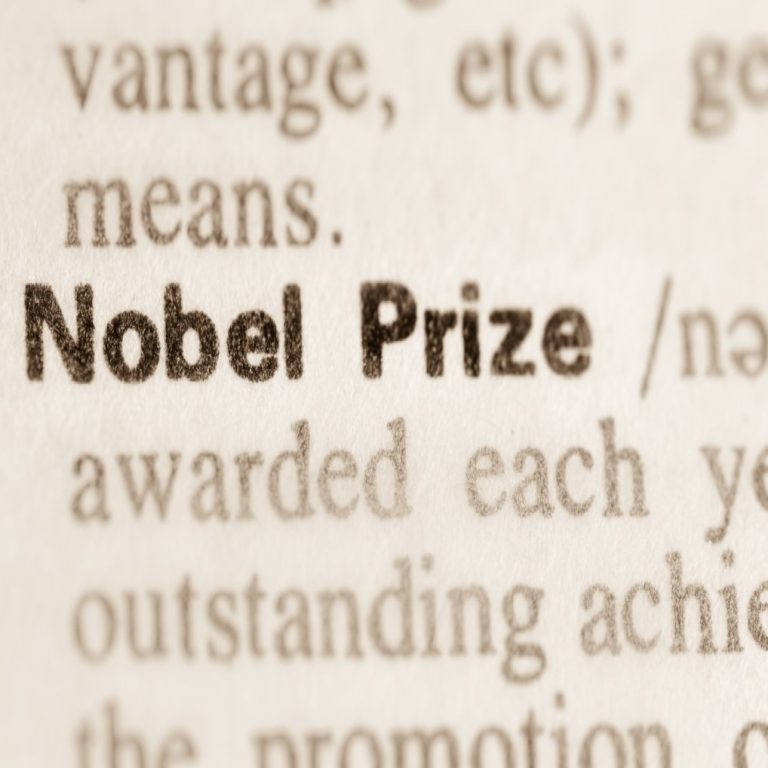
In 1980, the Nobel Laureate in Chemistry was awarded jointly to Frederick Sanger and Walter Gilbert for “for…
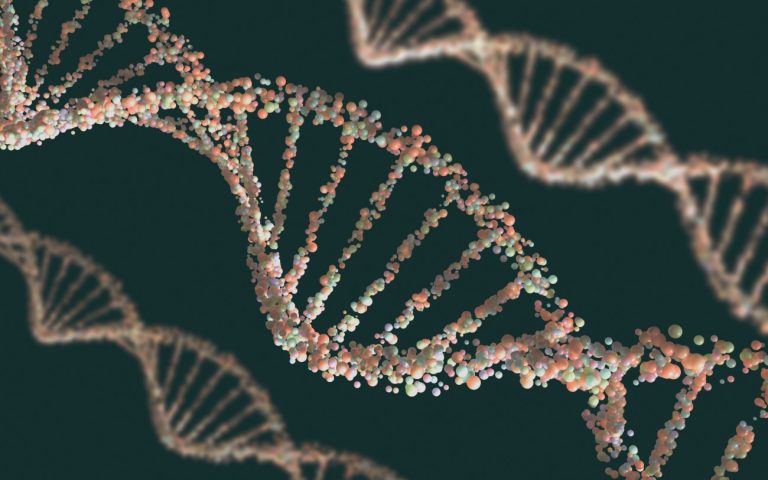
In 1979, early concern over the dangers of recombinant DNA has waned and the National Institutes of Health…
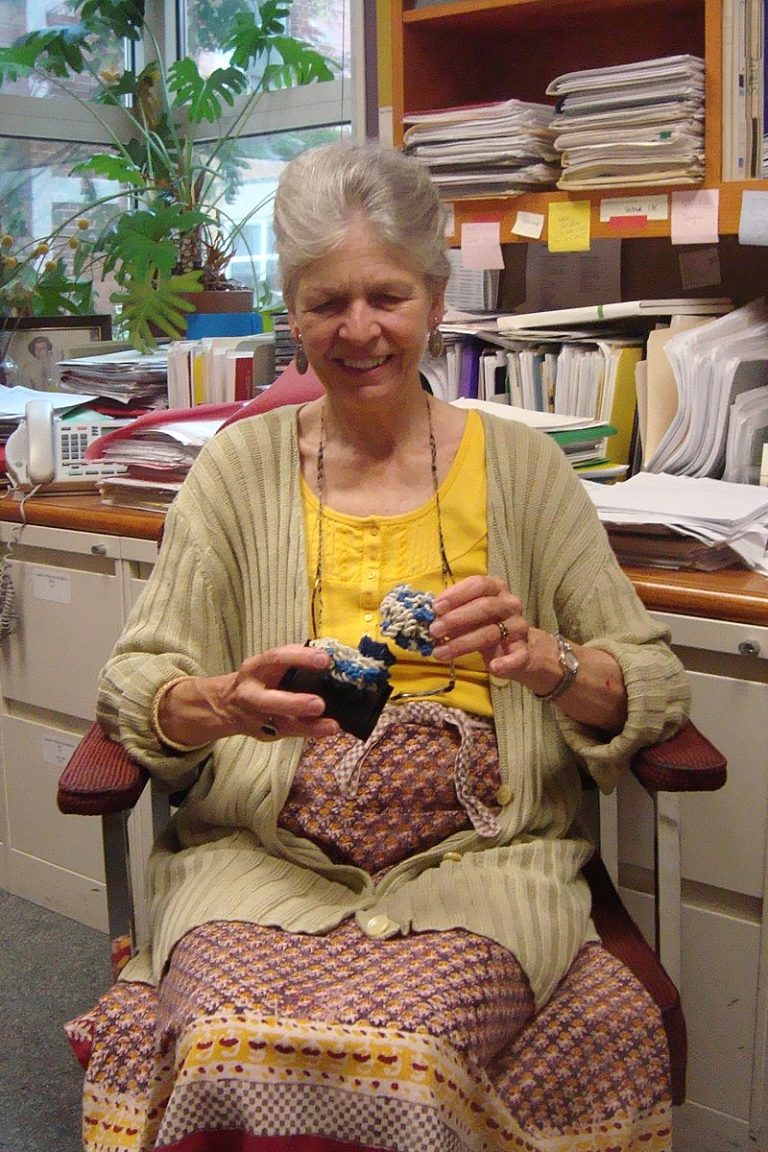
In 1979, Joan Steitz discovered snRNPs, RNA-protein complexes in the cell’s nucleus that perform a crucial step in…
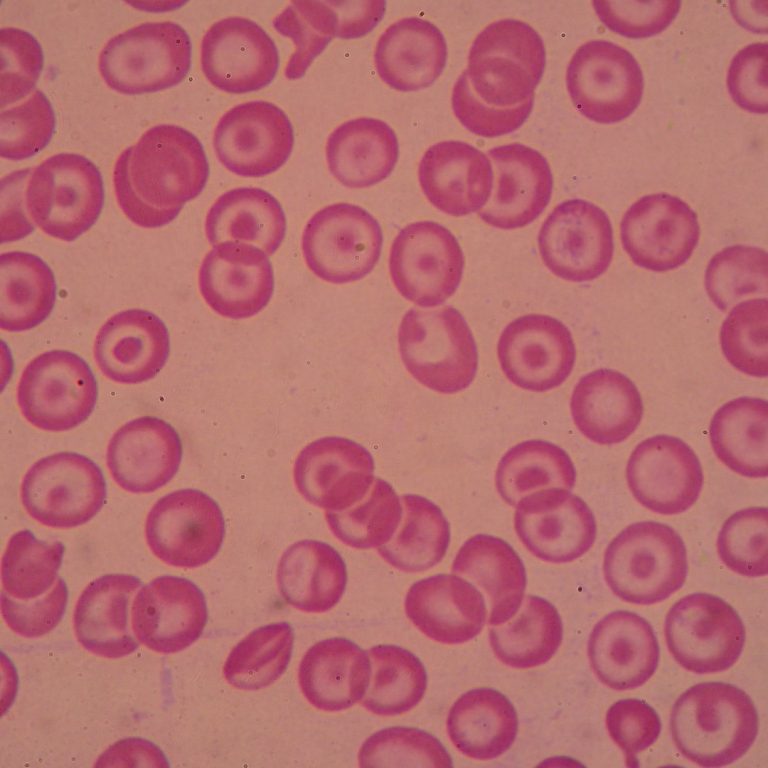
In 1978, Boston Children’s researcher Stuart Orkin and his team developed a new DNA sequencing technique for prenatal…

On Apr. 7, 1976, Genentech was founded by venture capitalist Robert Swanson and biochemist Dr. Herbert Boyer. In…
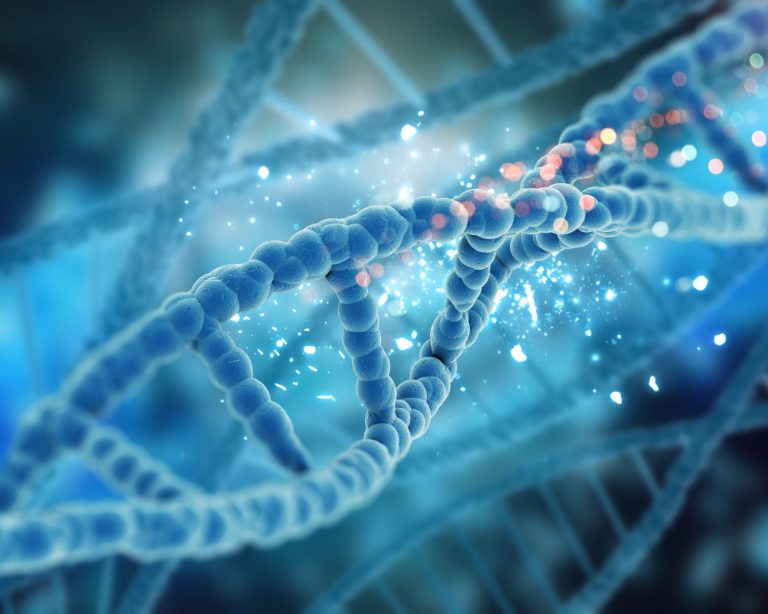
On Feb. 25, 1975, leading biology researchers and lawyers participated in what became known as the Asilomar Conference,…